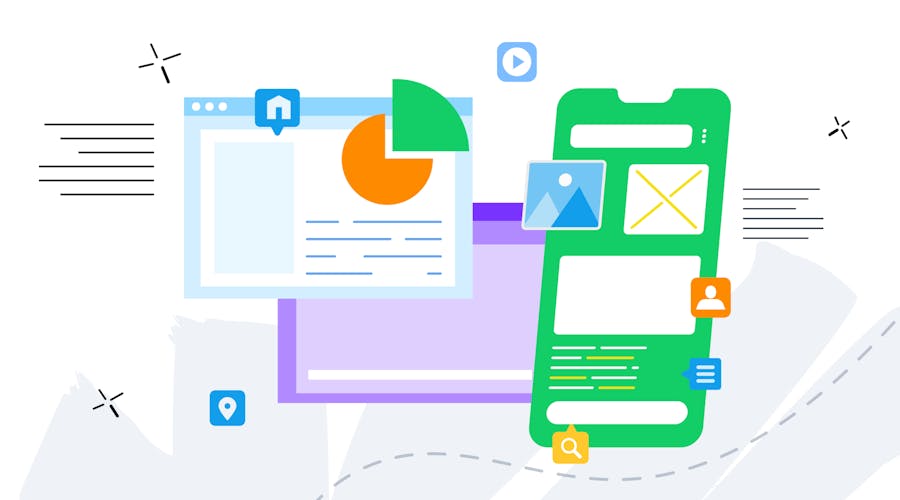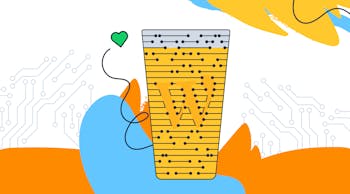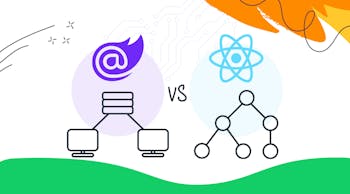You’ve done it! You’ve decided to make the journey of modernizing your legacy systems. We don’t blame you — keeping outdated and older systems around for longer than necessary can significantly impact the growth of your business. And that’s not something any business wants.
When starting the process of modernization, you’ll probably notice that there are a lot of ways to go about upgrading your systems, but how do you know which one is right for you and your business? Have no fear, your trusty and fearless guide is here to walk you through a process that can seem overwhelming if you’re familiar with it.
We’ll break down each method to help you better understand and make sense of it all.
1. Encapsulate
This technique is quick and cost-efficient as it reuses software components. It connects the existing code to the new presentation, expanding features and minimizing risks due to minimal changes in the code. If your problems with your current system involve maintenance and upgrading, then this method isn’t for you, as it won’t do everything you need it to do. If you want to make changes to your system, but aren’t sure if the other approaches work for you, then this might be a step in the right direction.
2. Re-host
If you’re okay with your current system, but want to change it a little, this approach could work for you. Your legacy system won’t undergo a lot of changes in this method, but it isn’t time-consuming and is generally low risk. This involves moving the mainframe application to another physical, virtual, or cloud infrastructure. If you are struggling with the maintenance costs of your current legacy system, this could solve a lot of those problems.
3. Re-platform
Another way to make minimal changes is to re-platform. This improves functionality by adjusting the current code to a new legacy platform. However, this method is not recommended for something of a larger scale. It is best for smaller updates that don’t change the overall architecture of your legacy system. This approach could be handy if you just want a minimal change to your system while helping it run better.
4. Refactor
One of the more time-consuming methods, the refactored method, involves rewriting the codes to repurpose and optimize them. Rewriting the codes allows for better problem solving and overall improves the structure and function of your legacy system. This can work great for those who need to have a lot of work done to their legacy system. If you aren’t sure how much work needs to be done, try one of the less time-consuming options and go from there.
5. Rearchitect
A medium-risk and medium reward method. With this, codes are altered to exploit new and better legacy platform features while improving integration by using recent technology advancements. This option is great for those who want to do a decent facelift to their system, without completely revamping it.
6. Rebuild & Redesign
This method allows you to gain new features, functionality, and processes that leverage the opportunities of modern technology. However, to do this, you must rewrite your application components from zero (but you get to leave the same scope and peculiarities at least)! This approach is one of the more expensive options, but it does deliver great results. Make sure you fully understand the costs and benefits of rebuilding and redesigning your legacy system before jumping into this approach.
7. Replace
The title says it all! If there is no hope of updating your current legacy system, replacing it might be the way to go. While considering this option, also consider what needs your business has so you can select the most appropriate replacement.
Hopefully, the process of modernizing your legacy system is a little bit easier after having read about the methods we addressed above. It can be an overwhelming process, but we have faith you’ll pick the best option. If you decide multiple methods could fit your system, try combining them! You could create your very own method that suits all of your needs while following your budget and timeline.
Have questions about any of this? Or feel like some guidance would be helpful? We’ve got you. Contact us today and let’s chat! Our dedicated team of engineers is here to make sure you take your legacy systems from ordinary to extraordinary!









